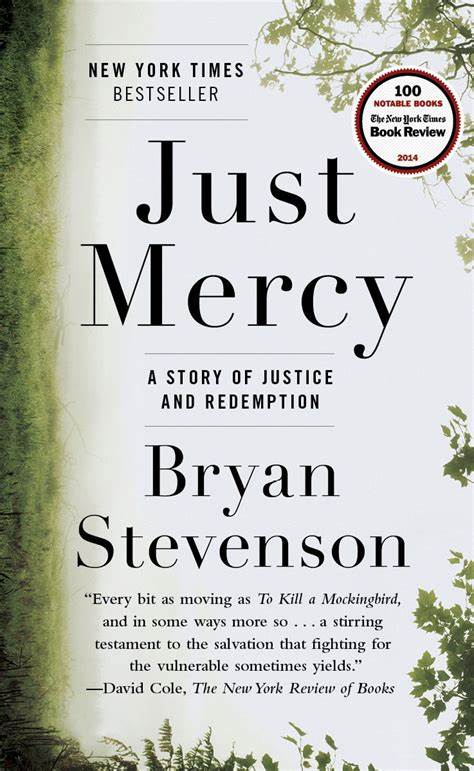eji.org
“Narrative of the Life of Frederick Douglass”, “The Souls of Black Folk” by W.E.B. DuBois, “Just Mercy” by Bryan Stevenson, “Dreams From My Father” by Barack Obama, “The Bluest Eye” by Toni Morrison, “She’s Come Undone” by Wally Lamb, “Kindred” by Octavia Butler, and Mosby’s Medical Dictionary are among thousands of books banned by state and federal prisons in America. There is arguably no government institution that censors reading material more broadly and arbitrarily than American jails and prisons.
Incarcerated people in America must have books mailed to them at the prison or jail, where all mail is censured and reviewed. Every state has a list of books that are banned or not allowed. Often these lists are broad and extremely restrictive.
Courts have provided prison officials discretion to censure reading material that is a serious threat to security. But many states follow arbitrary policies that exclude books on civil rights, human rights, and American history—especially those by black authors.
Books by James Baldwin, Malcolm X, Alex Haley, Toni Morrison, Michelle Alexander, and other black writers frequently are targeted for censorship. North Carolina bars incarcerated people from reading Melba Pattillo Beals’s “Warriors Don’t Cry: A Searing Memoir of the Battle to Integrate Little Rock’s Central High”; “12 Years a Slave” by Solomon Northrup is one of 7,000 books banned in Kansas.
State officials rarely explain why particular books are banned. The banned books lists in many states—including Arizona, California, Colorado, Illinois, Kansas, Louisiana, Ohio, South Carolina, and Washington—do not include reasons for barring each title. And the lists alone typically don’t reveal a consistent or rational policy. For example, Wisconsin bans Ralph Ginzburg’s “100 Years of Lynching” but allows incarcerated people to read Adolf Hitler’s “Mein Kampf.” Some states have banned fantasy novels like the “Game of Thrones” series by George Martin and even books that teach American Sign Language.
Prison officials frequently target books on American history. Florida banned EJI’s Lynching in America report—the most comprehensive report on racial terror lynchings of African Americans—as a threat to prison security. In 2011, Alabama prison officials banned “Slavery By Another Name”, Douglas Blackmon’s Pulitzer Prize-winning history about racial oppression, saying it was too dangerous for prisons. After EJI sued, Alabama lifted the ban.
The Alabama prison that banned “Slavery by Another Name” allowed incarcerated people to watch the PBS documentary based on the book. Many films and television shows containing content used to justify book bans are available to incarcerated people, suggesting that prison officials regard reading as a unique threat.
From 2012 to 2019, Florida prison officials banned more than 8,000 books. The Chicago Tribune reported that in Illinois, where nearly 10,000 books are banned, an education program was prohibited from using W.E.B. DuBois’s “The Souls of Black Folk” and Richard Rothstein’s “The Color of Law.”
American prisons and jails are facing growing criticism for their failure to rehabilitate or prepare incarcerated people to function well after they return home. Widespread censorship and extreme efforts to restrict what incarcerated people read reveals potentially serious violations of the First Amendment. It also suggests that prison officials are more concerned about regulating content inside prisons than providing the type of education that’s proven to prepare people for life outside prisons.




